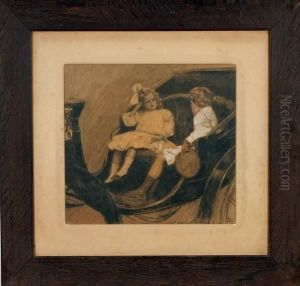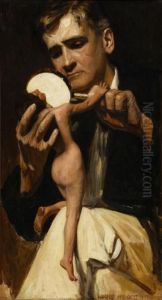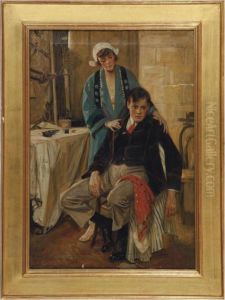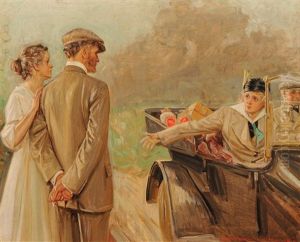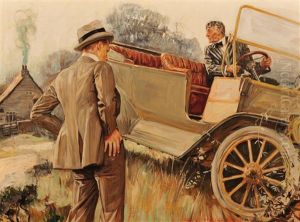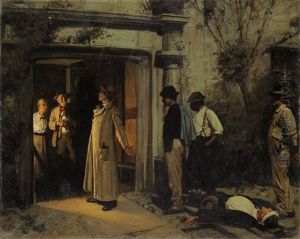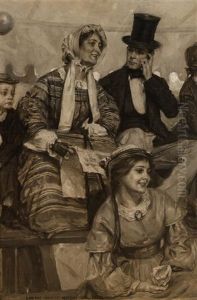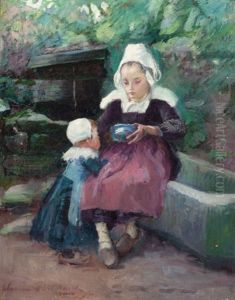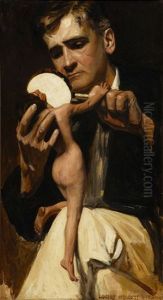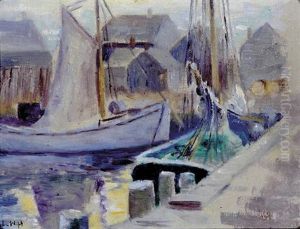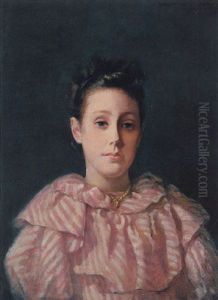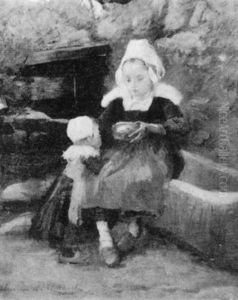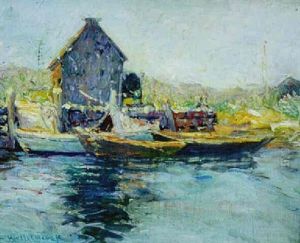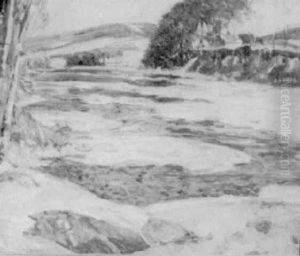Lucius Wolcott Hitchcock Paintings
Lucius Wolcott Hitchcock was an American illustrator known for his contributions to books and magazines during the late 19th and early 20th centuries. Born in 1868 in Providence, Rhode Island, Hitchcock grew up in an era when the field of illustration was growing in prominence, particularly in the United States. He studied at the Rhode Island School of Design and later at the Art Students League in New York, where he honed his skills as an artist. His education continued in Paris at the Académie Julian, which was a popular institution among American and international students seeking to learn from the European masters.
Hitchcock's work is characterized by its detailed line work and often romantic, somewhat impressionistic style. He became a well-respected illustrator, contributing to prominent magazines of the time such as Scribner's, Harper's, and The Century Magazine. His illustrations also graced the pages of numerous books, including editions of works by authors like Henry James and Edith Wharton, reflecting the literary culture of his time. Hitchcock's ability to capture the nuances of the narratives in his images made his work sought after by publishers.
Throughout his career, Hitchcock was part of the burgeoning American illustration scene, which included contemporaries such as Howard Pyle, N.C. Wyeth, and Charles Dana Gibson. The Golden Age of American Illustration, as it came to be known, was a period that saw the convergence of art and mass media, with illustrators playing a key role in visual storytelling. Hitchcock's contributions to this field were significant, helping to shape the visual landscape of the era's literature and periodicals.
Lucius Wolcott Hitchcock passed away in 1942, leaving behind a legacy as a skilled illustrator who was able to capture the essence of early 20th-century American culture through his art. Today, Hitchcock's work is recognized by art historians and collectors as an important part of the history of illustration, and his pieces continue to be appreciated for their beauty and historical value.
